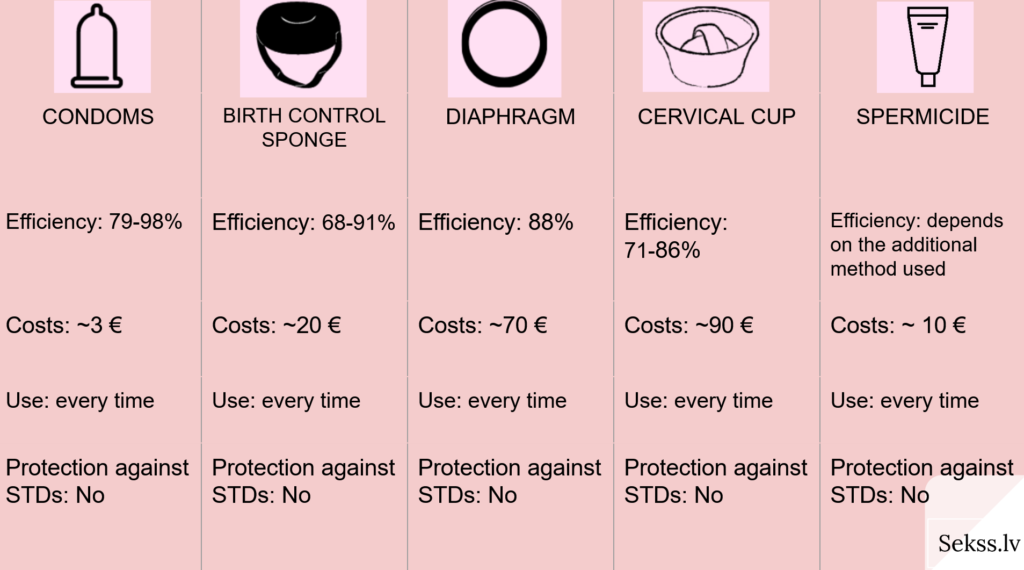Did you know that if you don’t follow the instructions on the condom package exactly, this protection won’t be effective at all? Condoms are probably the best solution to avoid unexpected pregnancy and nasty infections, so let’s take a look at the most common condom mistakes.
In the heat of the moment, some mistakes are bound to happen, reports thesun.co.uk. Although most men know how to use condoms, not all remember to follow specific instructions. Mistakes when using condoms can be quite simple – for example, you can accidentally put the condom on the left side or accidentally buy the wrong size. It seems simple, but it is better not to underestimate the risks of such mistakes.
If you use condoms as directed, they will be 98% effective – meaning that only two out of 100 women will get pregnant – but if you don’t use a condom as directed, it will be much less effective.
Here are some of the most common mistakes:
The condom is put on upside down
Sometimes it is not easy to understand on which side the condom should be unrolled. It may happen that in the heat of passion you put it on backwards, you noticed, but you didn’t want to spoil the moment, so you left it as it is. It’s a bad idea. The condom is made in such a way that it can only be unrolled from one side, otherwise it will not fit the skin properly. This means that it can slip at the most inopportune moment.
It is unrolled before being put on
If you unroll the condom before putting it on the penis, the rubber will be stretched, so the condom will not fit well. Also, due to such action, it can break or slip during intercourse.
Wrong size
You probably already know this, but men often like to overestimate their penis size. It gives confidence, but if you buy condoms that are too big, the results will not be good. As we already mentioned, if the condom does not fit the skin properly, it can simply slip off during intercourse. If this happens, the condom will be completely ineffective.
Use of condoms after their expiration date
There is expiration date on the condom package. Condom manufacturers test them using scientific methods to know exactly how long they will be able to do their job. The expiration date on the package is not just an approximate indication – it is the actual date after which the condom will simply no longer be effective.
6 interesting facts about and around male condoms
- Saikne starp vecumu un erekcijas disfunkciju: kas ir normāli un kas nav
- Randiņi ar erekcijas disfunkciju: pārliecības padomi vīriešiem
- Recepte zāles erektilās disfunkcijas ārstēšanai: kas būtu jāzina?
- Miegs un seksuālā veselība: kāpēc atpūta ir svarīga erekcijai
- Kā pāri var kopā pārvarēt erektilo disfunkciju (ED)



